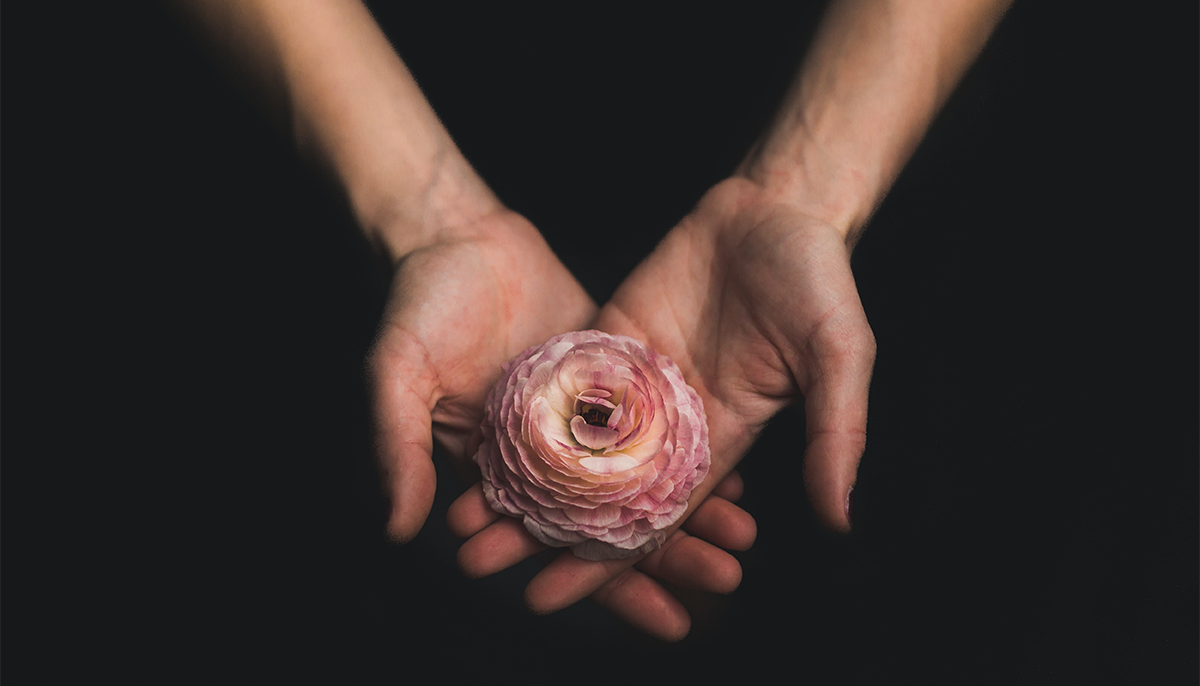Following a tragedy in the news, I often find myself focusing on the associated suffering during my meditation. I have several practices that address my terror and sadness. Here’s a run-down of my typical session, which can take any amount of time:
1. Loving-Kindness
I start with loving kindness and compassion—directing them towards the tragedy and whatever else moves me. After the Fukushima disaster, I found myself directing compassion towards the fish in the ocean near the reactor or the families of the victims of the tsunami. I trust my creativity and follow where my heart is drawn. I use dreadful images from the news to cultivate compassion. I bring to mind an image and sense its impact on me and then offer compassion as I breathe out: May you be free from suffering, may you be safe and protected. May you be healthy.
2. Gratitude
Sometimes that practice leads to gratitude. Spontaneous gratitude often arises for the first responders. These are truly heroic individuals. I might silently direct gratitude in their direction.
3. Checking In
As I do both of these practices, I then check in with my body and emotions as other feelings often arise—fear, worry about my family, grief. When these emotions come, I try to hold them in a space of mindfulness and compassion. I breathe. I notice what they feel like in my body. I let them be. Sometimes I direct the compassion to myself.
4. Intention-Directing
I then do a simple kind of intention-directing. Some might call it prayer. In the case of Fukushima, I would use my imagination (visual, sensing, or feeling), to visualize the plant radiation contained and the plant shut down. I would get a sense of the nearly 500 nuclear plants on the planet shut down—replaced with wind and solar and other alternatives. Sometimes I would imagine millions of people marching in the street calling for an end to the nuclear madness. I would see my daughter growing up healthy and whole without fear.
Can these practices make a difference? Who knows? The research around the impact of prayer is spotty. What I do know is that it certainly impacts my own mind. And I also want to believe that if millions of us direct our minds to healing through inner work, in combination with action in the world, well, then maybe we stand a chance.

